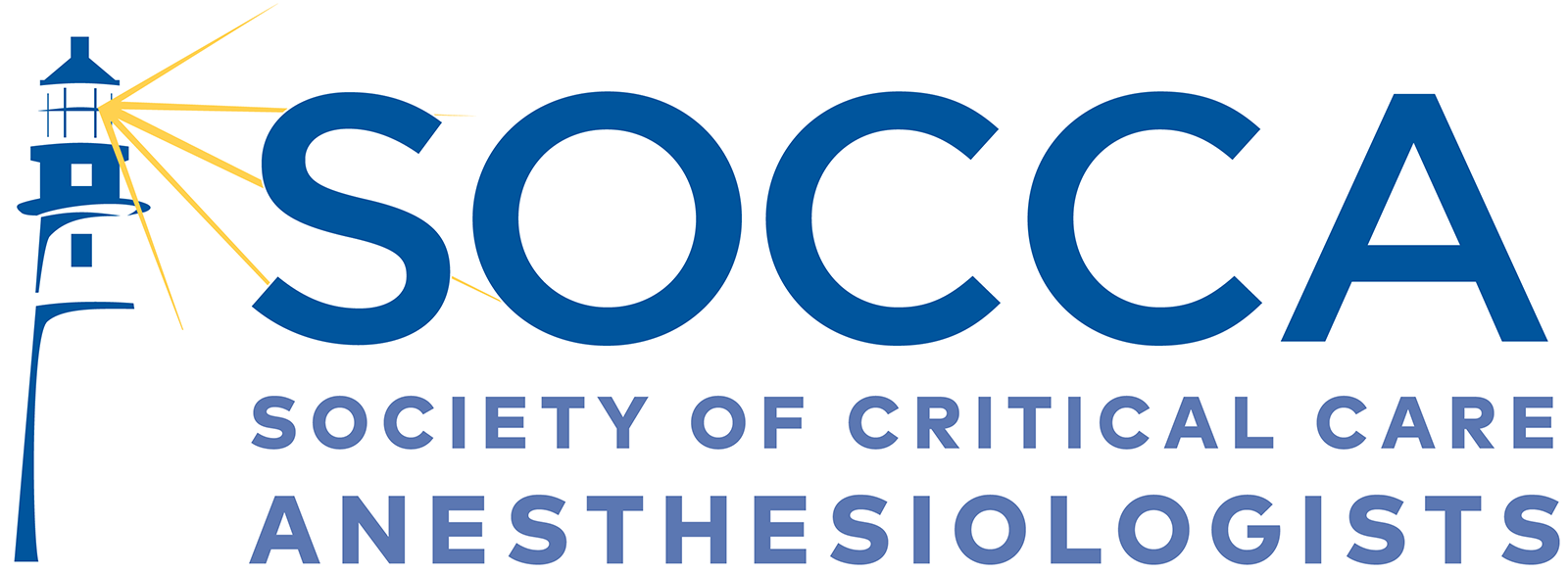Work-Life Balance: Squeezing Water from a Stoneby Jordan Brand, MD
Volume 30 | Issue 3 | August 2019 NewsletterWhile there is some disagreement about the details, many observers of the medical profession believe that we are sailing into the teeth of an intensivist shortage, especially with an aging population that has a greater expectation for complex care late in life.1 The severity of this shortage is hard to assess, as conclusions have varied widely depending on the methodology used.2 Other researchers have suggested that the extent of this potential shortage may be underestimated because the majority of critical care practitioners are not devoted to critical care full-time.3 Geographic factors may also come into play as intensivists often cluster in major urban centers and this may cause relative oversupply in these areas while leading to undersupply elsewhere. Additionally, as hospitals find themselves under increased financial pressure and operate with tighter profit margins, there is more of an incentive to manage all aspects of medical care based on an analysis of revenues and costs. Indeed, many authors have singled out critical care as a particularly attractive profit center.4 In light of this, it is only natural that both hospitals and physician groups (particularly larger groups with an employment-based structure) may choose to operate with increasingly lean staffing models to maximize profits. Unfortunately, just as tight glycemic control can lead to more hypoglycemic episodes, more conservative staffing models may be more likely to lead to periods of understaffing when individuals retire, leave the practice, or go on medical leave. Unfortunately, because anesthesiology and particularly critical care practitioners rarely control their patient load, we are unable to adjust our work schedule in the same ways that many other physicians, including proceduralists, can. In many cases, the inability to keep up with patient throughput only incurs the wrath of surgeons and hospital administrators rather than acting as a starting point for creative solutions. Understaffing, not surprisingly, can lead to negative consequences for patient care. For instance, higher patient-to-nurse and patient-to-intensivist ratios have been associated with increased mortality.5 The most common effect of physician understaffing in critical care, however, is not to increase the amount of work per shift but to increase the number of shifts worked per person. Working an increased number of shifts can lead to burnout, which is a persistent problem among critical-care practitioners. Factors associated with burnout include increased work hours, greater call burden, and work-home conflict, all of which can be exacerbated by decreased staffing and increased workload.6 Burnout can have a number of detrimental effects such as increased medical errors,7 increased patient mortality,8 decreased job satisfaction,9 and intent to leave one’s job.10 More ominously, burnt-out physicians are more likely to abuse alcohol11 and exhibit suicidal ideation12. All of these effects can create a downward spiral: understaffing results in worsening staff burnout, which causes decreased productivity and loss of personnel, and the consequent increased workload drives further dissatisfaction. Therefore, it is critical to address staffing deficiencies early, especially as it can take months to recruit, hire, and credential new critical care specialists. In some cases, increased hiring alone cannot fix matters. It can be difficult to keep up with staff attrition, especially in smaller departments, where there may be less administrative resources, causing more of the work of recruitment and on-boarding to be done by the shrinking roster of physicians. Creative solutions, such as altered schedules, may be necessary to temporize such a situation. For instance, a recent study from the University of Pennsylvania showed that shortening ICU rotations from 14 to 7 days decreased rates of subjective burnout by 41% in addition to improving measurements of job fulfillment.13 Shorter physician rotations must be weighed against the effect of increased patient handoffs, but staggering the rotations of trainees, nurse practitioners, and other team members can mitigate this. There are other organizational and structural changes that may affect the prevalence of burnout. Increased time spent on electronic health records has been associated with higher burnout rates,14 whereas reducing the number of mandatory tasks performed as part of the clinical day can lower them.15 Therefore, eliminating “busy work” and making ICU time more efficient is a worthy goal. Additionally, leaders that solicit input from staff, keep co-workers well informed, and recognize those who perform well have been shown to decrease burnout scores and improve satisfaction.16 And physicians whose practices confer a greater deal of control over their work environment tend to exhibit lower levels of stress.17 In other words, while nothing substitutes for adequate staffing, individuals who feel supported and valued by their organization are more able to bear up under pressure. Unfortunately, when medicine is structured on a business model, there will always be a tug-of-war between hiring more practitioners and producing more revenue per person. When physicians are pushed to the breaking point in the interest of profit margins, poor outcomes are inevitable for both practitioners and their patients, and even in the most proactive organizations, staffing shortages are unavoidable. However, there are many ways for service chiefs and hospital administrators to soften the blow of increased workload and prevent the worst consequences of burnout. As we find out time and time again, supporting staff members can only lead to better results in the long run. References
Author |

